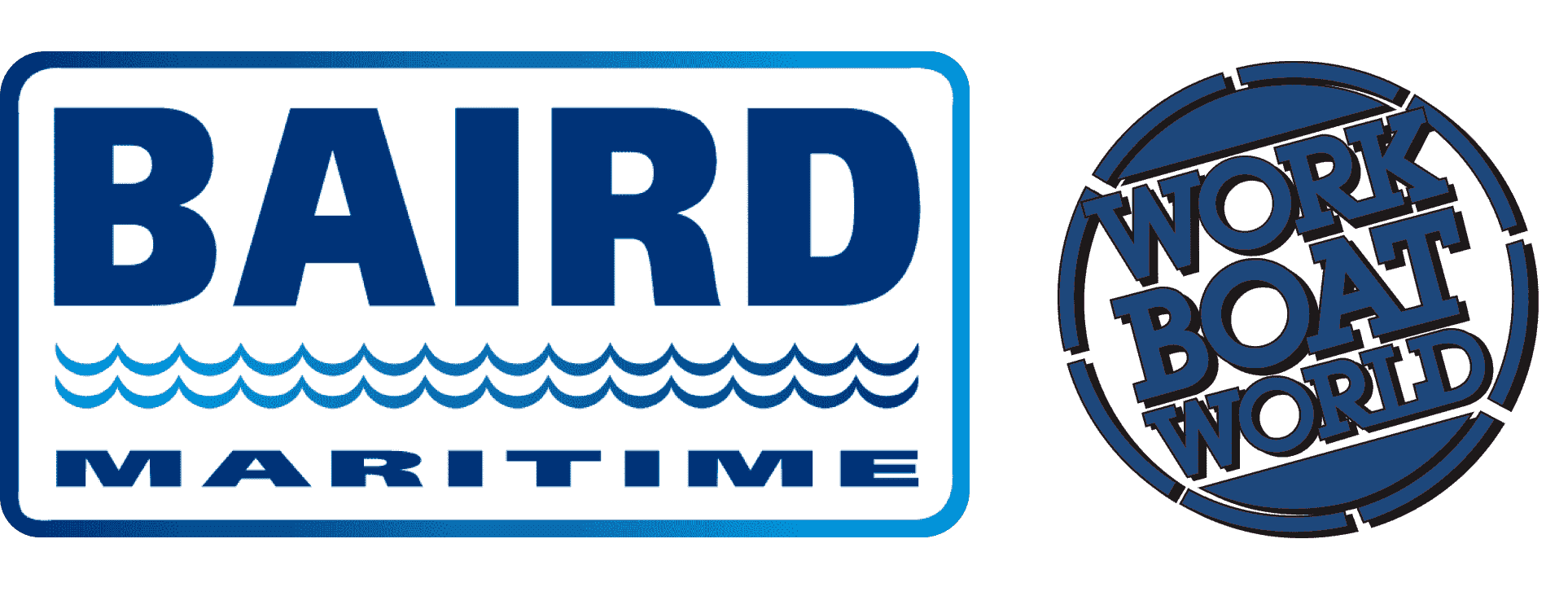VESSEL REVIEW | Mundo Marino Sostenible – Sightseeing and research sailing catamaran for Spanish coastal routes
Spanish tour operator the Mundo Marino Group recently welcomed a new sightseeing sailing catamaran to its fleet of coastal vessels.
Mundo Marino Sostenible has durable and lightweight all-aluminium construction, an LOA of 25 metres (82 feet), a beam of 12 metres (39 feet), a draught of only 1.5 metres (4.9 feet), and space for 150 passengers.
The vessel will be operated in the Mediterranean Sea just off Valencia, Costa Blanca, and Málaga, offering eco-tourism excursions, cultural trips, educational tours for schools and universities, and biodiversity monitoring missions.
“Mundo Marino Sostenible is the first large eco-passenger catamaran in Spain designed from the keel up with hybrid renewable energy integration,” David de Haro Malo de Molina, Owner and Fleet Manager of Mundo Marino, told Baird Maritime.
“It features solar panels, hydrogenerators, and lithium battery banks to cut fuel consumption by up to 40 per cent, ensuring silent, environmentally responsible operations.”
Low-emission propulsion coupled with improved passenger accessibility
De Haro said that the brief was to build a next-generation catamaran with capacity for over 150 passengers, accessibility features, and renewable energy integration while complying with high safety standards. It also needed to serve as a platform for marine research and educational activities.
“It offers a sustainable alternative to conventional passenger vessels, reducing emissions and noise, while promoting awareness about ocean conservation among thousands of annual passengers.”
The vessel boasts a hybrid propulsion system consisting of two IMO Tier III diesel engines complemented by solar panels, two 3kW hydrogenerators, sails, and a 120kWh lithium-ion battery pack.
An energy management system is used in conjunction with the hybrid propulsion system and can help reduce fuel dependence while the hydrogenerators are capable of supplying electricity while the vessel is underway.
The electronics suite consists of Furuno navigation equipment and an integrated energy monitoring system. The latter can track the vessel’s renewable energy generation and consumption in real time.
Full range of educational facilities
“Passenger-accessible dashboards show energy performance, turning the vessel into an educational tool,” said de Haro. “Large passenger decks [meanwhile feature] shaded seating, a bar, educational displays, and ramps and facilities for [use by passengers with] reduced mobility. Educational stations and AV systems make the vessel an outdoor classroom.”
Other notable features include a water quality monitoring kit, wheelchair spaces, wheelchair-accessible toilets, handrails, solar panel-covered canopies, and waste management systems. The accessibility features have been designed to Tur4All and EU PRM standards.
“[The vessel] complies with EU passenger vessel safety standards, [being] equipped with liferafts, lifejackets, and emergency systems.”
For de Haro and his team, the biggest challenges in designing the vessel lay mainly in identifying the ideal balance between passenger comfort, stability, and capacity even with the integration of renewable energy systems and space for solar panels and batteries.
In the construction phase, integration of hybrid systems in compliance with maritime regulations, coordinating with suppliers, and ensuring redundancy and reliability in daily operations were concerns that needed to be overcome.
“[We learned] that sustainable maritime transport on large passenger vessels is feasible with proper planning,” de Haro told Baird Maritime. “Early involvement of classification societies and careful integration of energy systems were [also] key learnings.”


